Filming takes our Black Bean team on journeys throughout Africa to document the struggles wildlife and people are facing and the incredible work being done to conserve and protect both, but our shoot with The Cape Leopard Trust was a little bit different because it was so close to home. Black Bean is based in Cape Town, a place majority of our team call home. Having the opportunity to work with an organization like The Cape Leopard Trust, who are creating change and protecting our natural heritage in our home area, the Western Cape, was an experience we will never forget.
In honour of The Cape Leopard Trust’s 15th birthday, watch our short film to learn more about the important work they are doing to protect leopards of the Cape.
The Cape Leopard Trust has two research projects based in the Cederberg and Boland regions, where the Big Five once roamed freely.
Sadly, leopards of the Cape are one of the last remaining big cat species in the Western Cape region, despite constant threats to their survival. The mountainous areas that the elusive leopards of the Cape call home were once undisturbed, but over the years increased human development has brought them into closer proximity with people and developed areas than ever before.
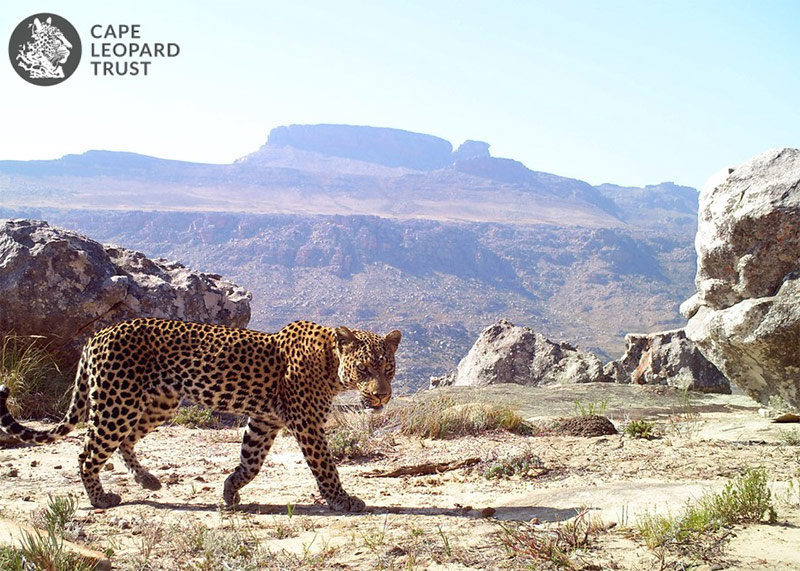
Camera trap image, taken in the Cederberg region by The Cape Leopard Trust | © Cape Leopard Trust
For the communities and farmers living in these areas, coexisting with leopards of the Cape can be extremely challenging and can lead to human-wildlife conflict. The Cape Leopard Trust is committed to ensuring the long term survival of leopard populations using a three-pillar approach, which incorporates; research, conservation, and education, to promote the peaceful coexistence of these predators and the local communities in the area.
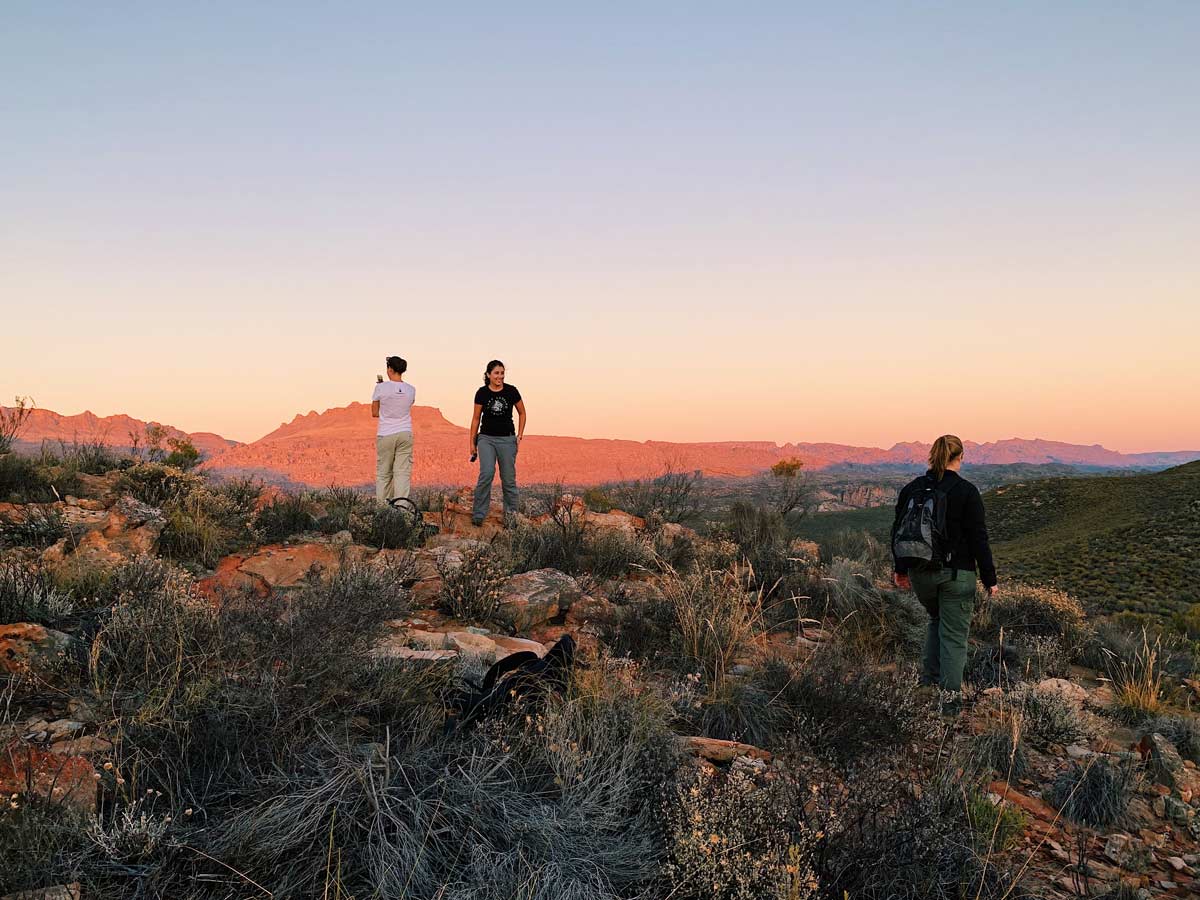
Leopards of the Cape are known as ‘ghost cats’ because of how highly elusive they are, which presents a unique challenge to their conservation – how do you conserve and protect an animal you can’t see?
Over the last 15 years, The Cape Leopard Trust has done an excellent job of not only bringing this species to life but using leopards of the Cape as a symbol for the greater conservation of the entire Cape ecosystem.
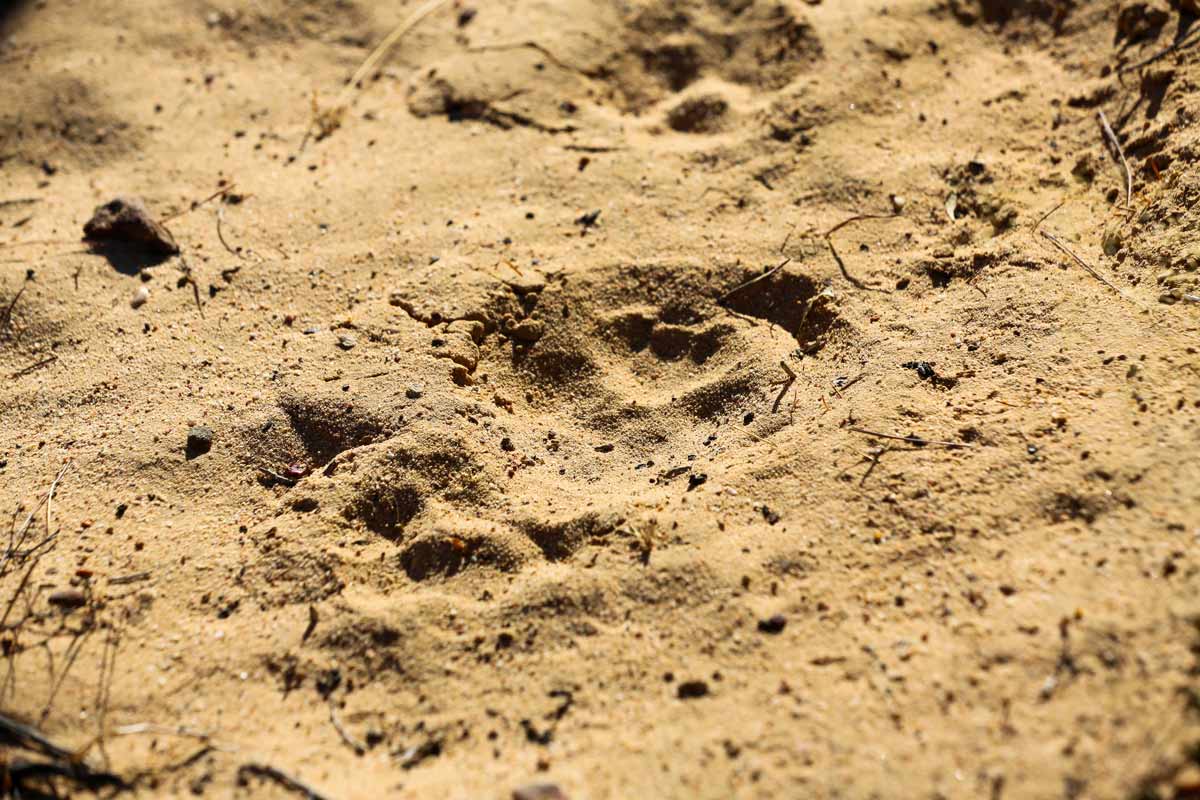
Leopards are keystone species and play an important role in maintaining the Cape Mountain ecosystem; protecting the leopards of the Cape is essential to ensuring the conservation of other flora and fauna species in the region. Long term research and monitoring are at the forefront of leopard conservation in the Cape as it provides much-needed insight into leopard habitat, diet, and behaviour. The Cape Leopard Trust recognised the need for this invaluable research and was one of the first organizations to establish research and monitoring projects in the Cederberg and Boland.
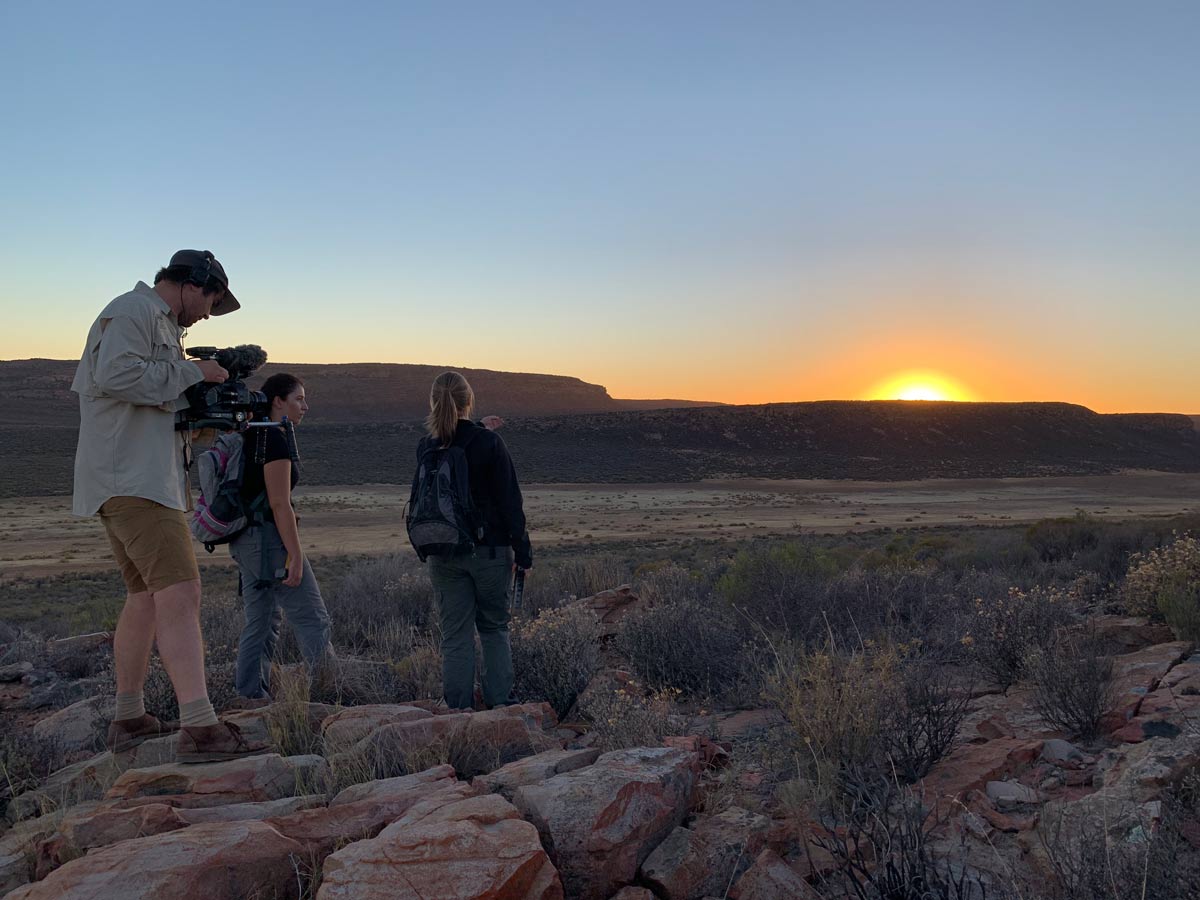
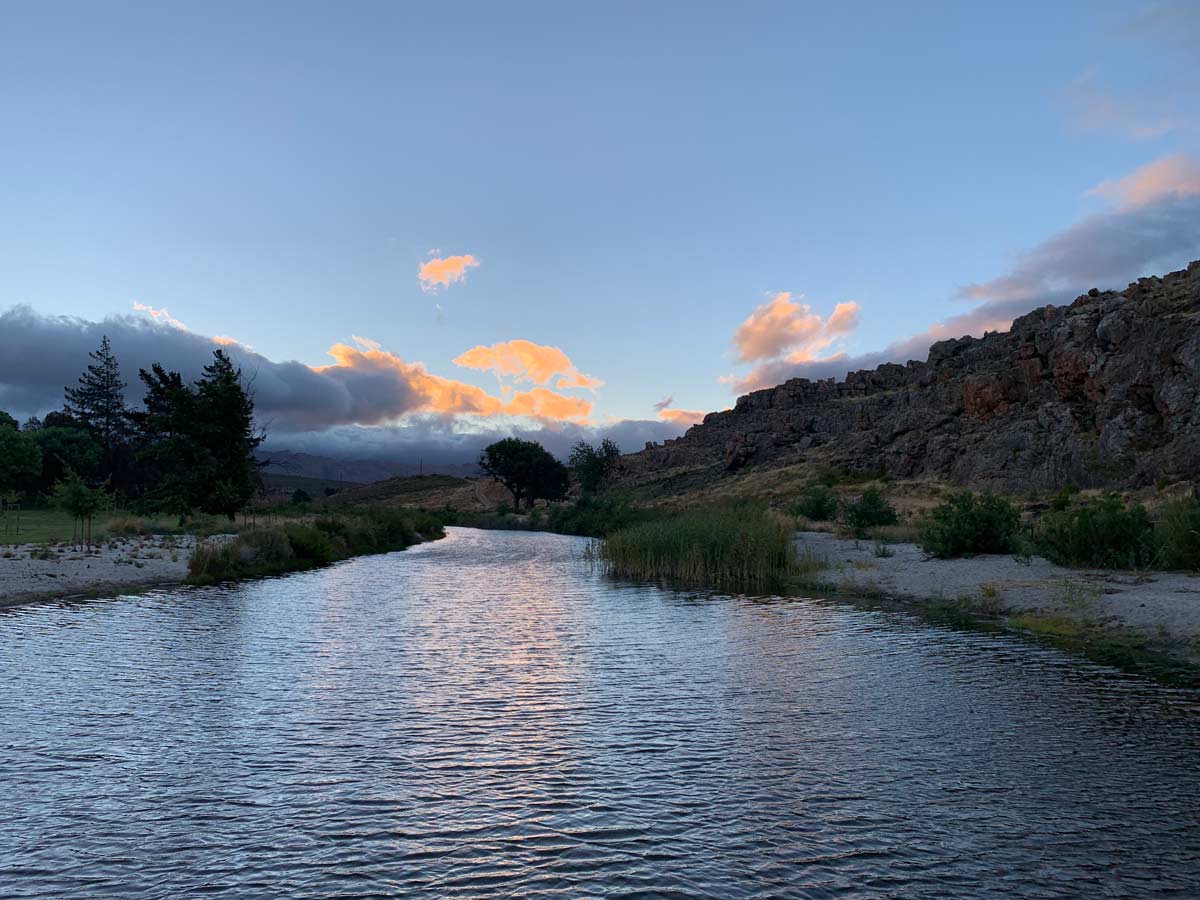
The Cederberg Project is based in the Matjiesrivier Nature Reserve, where the Cape Leopard Trust was established in 2004.
The use of modern technology, such as remote-sensing cameras and GPS satellite tracking devices has provided remarkable insight into the ecology of these elusive animals, which is has been hugely helpful in the overall conservation of the Cape Mountain ecosystems. The Boland Project established in 2010, was the first large-scale leopard research project in the area and has helped record leopard populations, track leopard movements, and distribution, and create public awareness about the biodiversity of the Boland mountains.
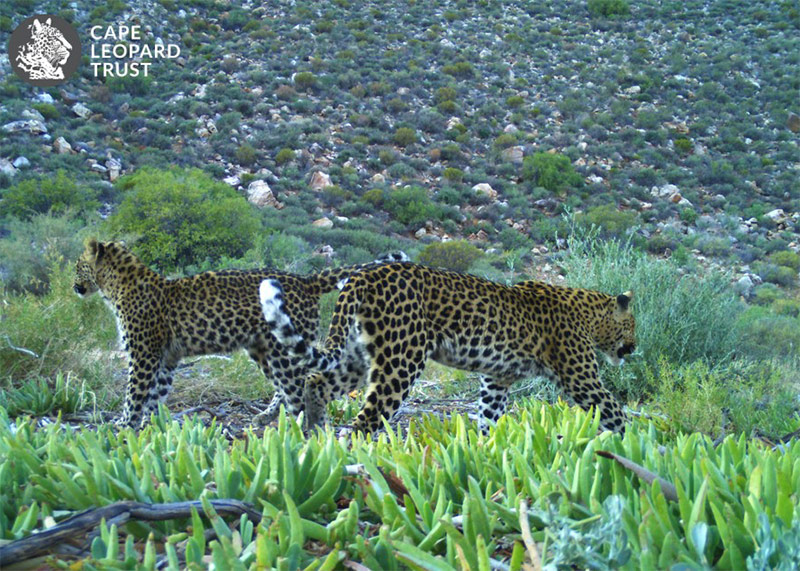
Camera trap image, taken in the Cederberg region by The Cape Leopard Trust | © Cape Leopard Trust
Leopards of the Cape are facing big threats like habitat loss and fragmentation, depletion of prey species and human-wildlife conflict, which are threatening their survival. By using the information they have retrieved through their research projects, The Cape Leopard Trust is able to implement constructive strategies, that involve farmers and other community members, to help mitigate the effects of human-wildlife conflict.
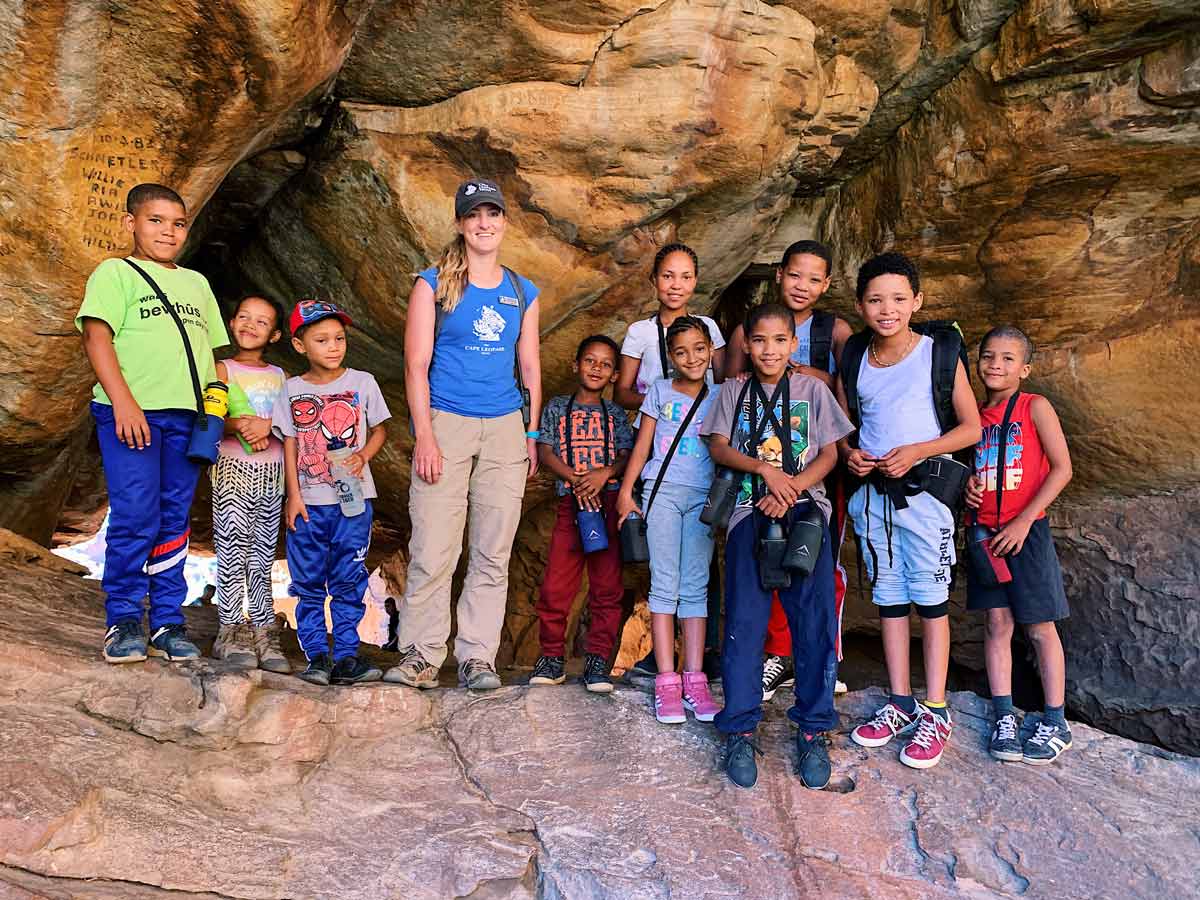
Understanding the important connection between people and conservation is so vital to the work that The Cape Leopard Trust is doing. As part of this community-based approach to conservation, The Cape Leopard Trust runs an education programme, which facilitates experiences in nature that change the way young people see themselves and feel about the natural world. This programme aims to educate and empower young people by connecting them with nature and instilling within them a passion and desire to protect their natural world. Environmental education is such a crucial component of conservation, especially for a species like the leopard of the Cape. By helping the younger generation to understand the value of this important species and allowing them to connect to nature in a way they have not previously been able to, The Cape Leopard Trust is helping to foster the growth of a new generation of environmental stewards.
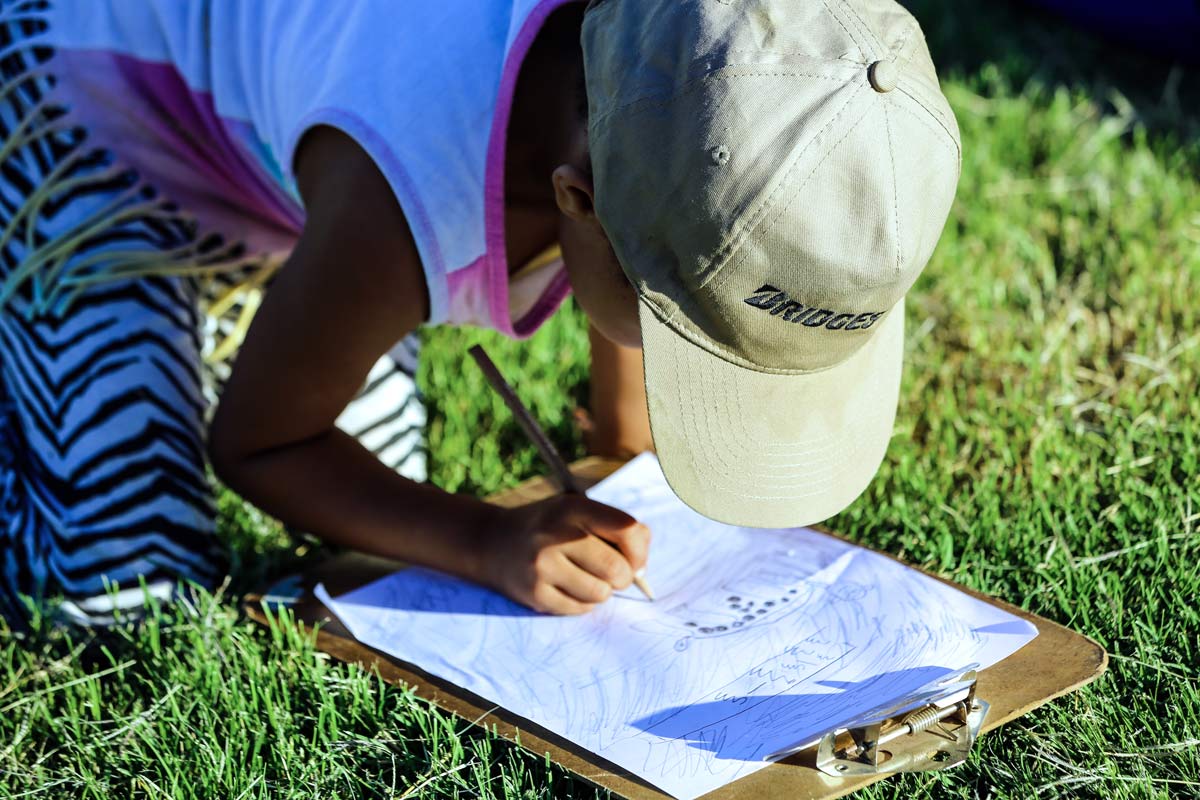
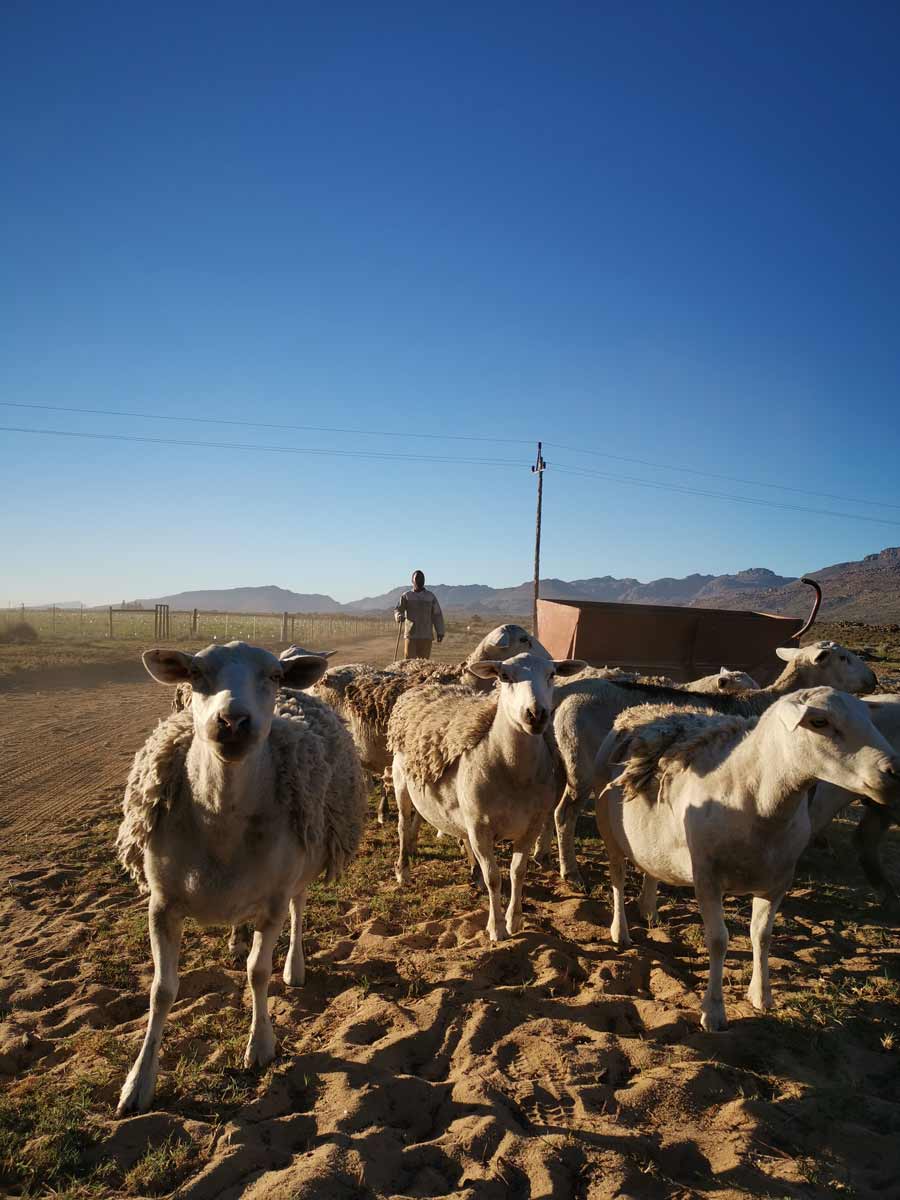
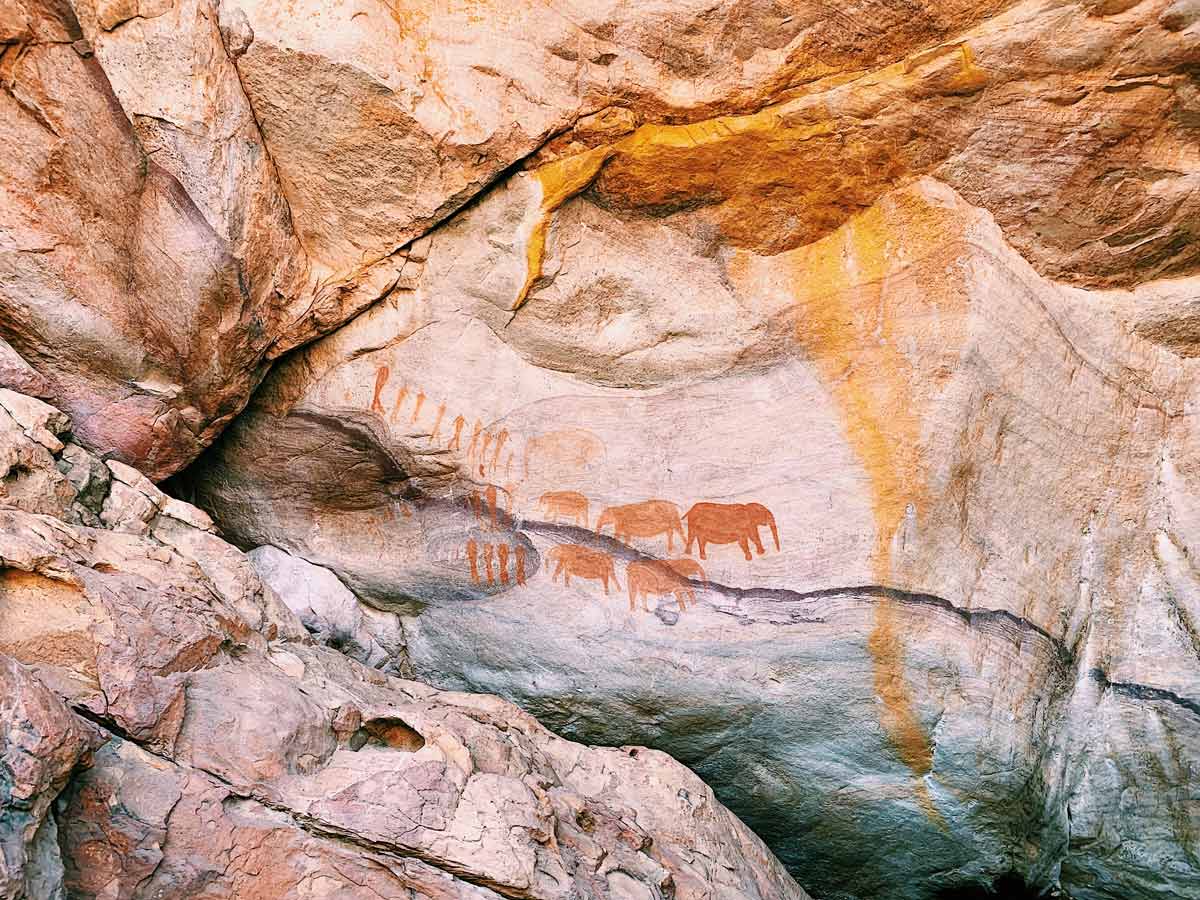
While leopards were once the most widely distributed of all the big cat species, over the last few decades leopards have lost approximately 75% of their natural habitat.
Globally, leopards are classified as ‘Vulnerable’ according to the ICUN Red List. Leopards of the Cape are facing threats major threats such as habitat loss due to urbanisation and human development, and human wildlife conflict. These incredible species contribute so much towards the Cape’s world-renowned biodiversity and our natural heritage.
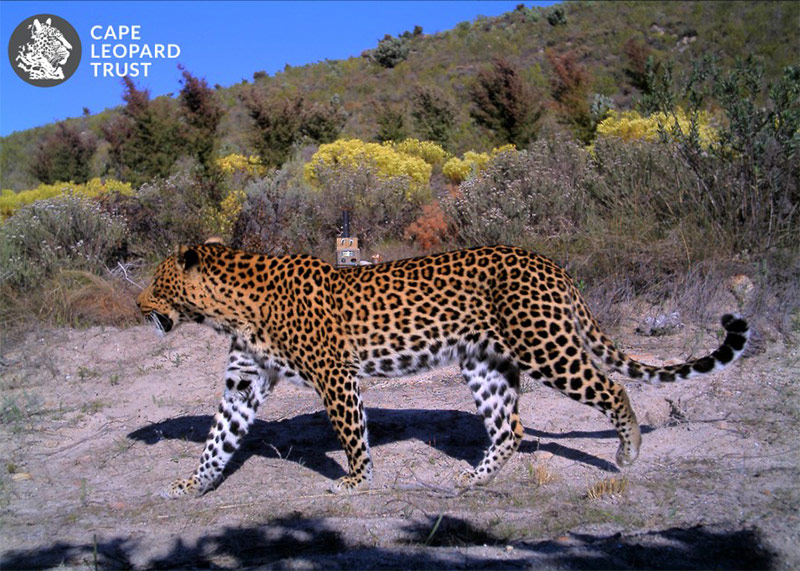
Camera trap image, taken in the Cederberg region by The Cape Leopard Trust | © Cape Leopard Trust
A future without these leopards is a future in which the Western Cape’s iconic mountain ecosystems cease to exist. We cannot let this happen.
Watch and share our film, and visit The Cape Leopard Trust to learn more about how you can help safeguard leopards of the Cape.

